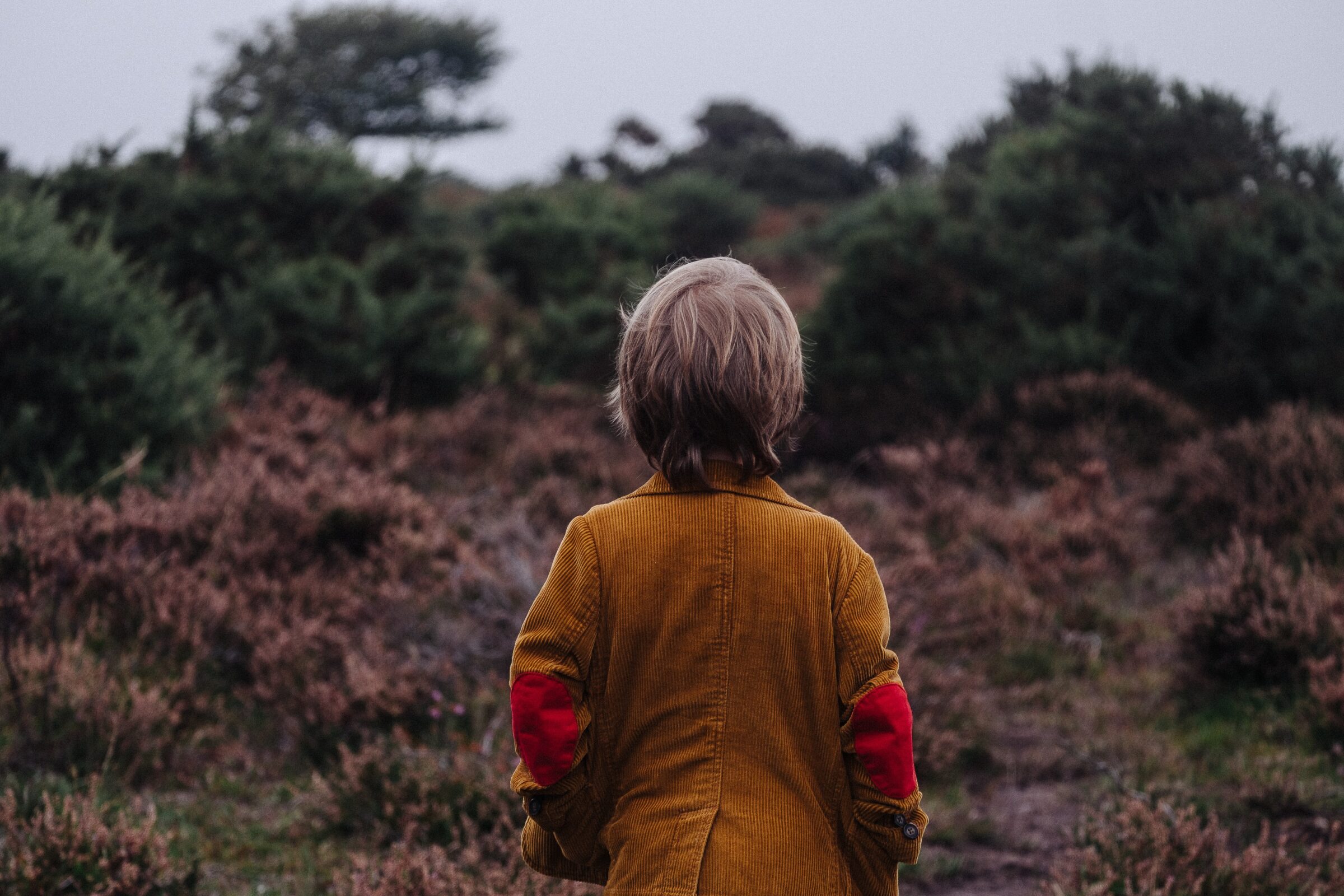Frequently asked questions
Frequently asked questions about childhood cancer
Here, you can find answers to frequently asked questions about childhood cancer and the work we do to improve the treatment of children and adolescents with cancer. But if you have specific questions, you should always ask your general practitioner or paediatrician and/or the specialist in charge of treatment.Fortunately, childhood cancer is a rare disorder. In Switzerland, around 350 children and adolescents develop cancer each year. Nevertheless, a cancer diagnosis is a devastating blow and a huge strain for each child affected and their family.
Please support us in our fight against childhood cancer. Any contribution, small or large, makes a difference and can help to improve the lives of children affected and their families.
The most frequent types of cancer in children and adolescents are leukaemias (cancers of the blood), tumours of the brain and spinal cord, lymphomas (cancer of the lymph nodes) and neuroblastomas. These types of cancer account for almost three quarters of all cancers in children.
Childhood cancer is usually diagnosed with a combination of different diagnostic procedures. These include first and foremost tissue sampling (biopsy), where a small amount of the suspect tissue is removed and examined. Depending on the type of disease, blood tests, imaging procedures or bone marrow sampling may also be needed. Early and correct diagnosis is important in order to ascertain the appropriate treatment and increase the chances of recovery. Once the diagnosis has been determined, checks are made to establish whether participation in a SPOG study is possible.
Identifying cancer in children and adolescents promptly is difficult because the symptoms are often unspecific and may appear harmless to begin with. However, early diagnosis is crucial to improve the chances of recovery. It is therefore important to visit a paediatrician if certain signs of illness persist or get worse, such as fever or long-lasting complaints.
In the case of a malignant disorder, a distinction is made between general signs of illness such as fever, weight loss and delayed growth or development, and local signs of disease such as impaired vision, impaired consciousness and local swelling, for example.
Treating childhood cancer usually involves a combination of surgery, chemotherapy, immunotherapy and/or radiotherapy, but occasionally a single operation is sufficient. Additional treatment may sometimes be necessary. The doctors involved always try to make the treatment effective but also as gentle as possible, to minimise short-term and long-term side effects and give children and adolescents as good a quality of life as possible.
The survival rate for children with cancer has improved significantly over the last few decades. In Switzerland, over 85% of children and adolescents can be successfully treated. This success is largely due to clinical cancer research, which has made major progress in recent decades and has significantly improved the survival rate and quality of life for those children affected. But there's still lots to do. To advance research and give children and adolescents with cancer an even better chance of recovery, we need your support.
Families of children suffering from cancer often need support in coping with the disease. This may take the form of psychosocial counselling, financial help or arranging care, for example. You can find details of relevant organisations here below.
You can support childhood cancer research by making a donation, or by organising your own fundraising. Close collaboration with your organisation or company, for instance within a corporate partnership, can also help to advance clinical research in the field of childhood cancer, thereby giving children and adolescents with cancer a future. You can find more information on the subject of donations under "Support us" in the main menu. If you are interested in a corporate partnership, you can find all the relevant information here below.
International quality-controlled treatment optimisation studies help children and adolescents with cancer receive the best treatment and also benefit from the latest scientific findings and international expertise. The studies also help to improve treatment for future patients.
Doctors and researchers in SPOG are passionate about improving the chances of recovery and the quality of life for children and adolescents with cancer.
Children are not simply small adults. They develop different types of cancer and respond differently to medications. Their cancers must therefore be researched separately so that their special needs and the particular aspects of their disease can be taken into account. SPOG research therefore always focuses on the children and adolescents who are suffering from cancer or a blood disorder.
Cancer comes about as the result of changes in the genetic material (DNA) of cells. Various factors may promote these changes, such as the natural process of ageing, lifestyle and hereditary factors. Cancer cells replicate in an uncontrolled manner and penetrate into healthy tissue. Depending on the disease, they may also form subsidiary clusters, known as metastases, throughout the body. Cancer almost always affects the entire body, and may be life-threatening. There are many different types of cancer, which call for a variety of treatments. In the case of some cancers in children and adolescents, it is assumed that the degeneration of the first few cells takes place before birth.
Cancer treatment has various different aims, depending on the type of cancer and the stage it has reached. The most important aim is to cure the children and adolescents. Unfortunately this is not always possible, and there may be a relapse. In this case, treatment may aim to slow the progress of the disease and alleviate symptoms (palliative treatment). Even after successful treatment, cancer cells may survive and re-appear later.
Thanks to intensive research, it is now possible to discover any remaining cells in some diseases and modify treatment accordingly. But the choice of treatment methods and the chances of recovery depend on many different factors, such as the type of disease, the timing of the relapse, and the patient's individual overall situation.
At the time of treatment, young patients are in the middle of a growth and development phase. Former childhood cancer patients (known as survivors) may therefore suffer from long-term effects resulting from their treatment, such as growth disorders, infertility, learning difficulties or an increased risk of further cancer. Many of these long-term effects only occur once children have gone through puberty and their bodies are fully grown. For this reason, even patients who are classed as cured are recommended to have regular follow-up examinations.
Clinical childhood cancer research involves conducting clinical studies and research projects to investigate the efficacy and safety of new treatments and therapies for children with cancer. Clinical studies are normally conducted in various phases, and serve to evaluate the safety and efficacy of medications and other courses of treatment. SPOG's clinical studies play an important role in developing new treatments for children and adolescents with cancer, and can help give them access to the latest, most advanced treatment options.
By taking part in a SPOG study, the children and adolescents and their families are directly playing a part in finding out more about the disease. In turn, this knowledge helps to enable the disease to be treated in a more targeted manner, and it may also help to improve the treatment for future diseases. Treatment within clinical studies is also better than that received outside clinical studies due to systematic quality management and possibly also evaluation by expert committees, some of which are international. But this does not automatically affect the chances of recovery. Unfortunately it is not the case that children who take part in studies have a better chance of recovery. However, the study's findings will help other children suffering from the same disease at a later date.
SPOG conducts clinical studies and research projects to examine the efficacy and safety of new treatments and therapies. Through these studies, children and adolescents suffering from cancer gain access to the latest scientific findings and international expertise, thereby ensuring the best possible treatment. In addition, SPOG helps to make treatment effective but also as gentle as possible, to minimise short-term and long-term side effects and give young patients as good a quality of life as possible. The doctors and researchers involved in the SPOG network are passionate about improving the chances of recovery and quality of life for children and adolescents with cancer.
Childhood cancer glossary
This link takes you to the glossary of the German Society for Paediatric Oncology and Haematology (GPOH). Our partner organisation's website answers even more frequently asked questions about cancer in children and adolescents, and includes lots of information about diagnosis, treatment and after-care.

